A complete analysis of the classification and application of common clinical laryngoscopes
Apr 30, 2024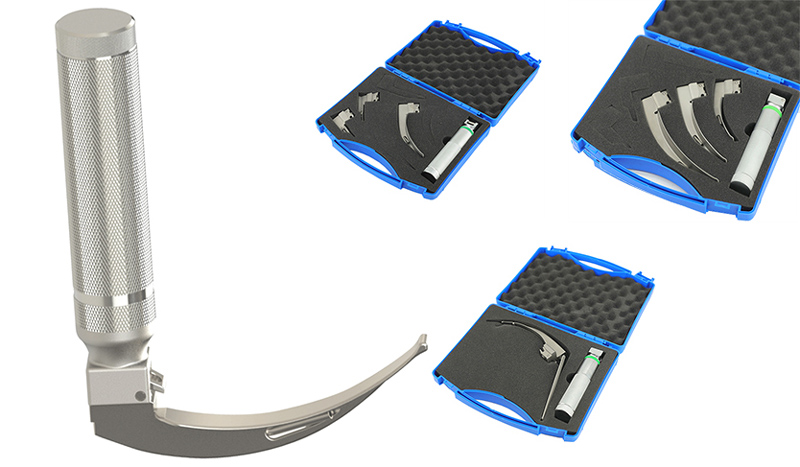
In the field of modern medicine, laryngoscope, as an indispensable diagnostic and treatment tool, plays a vital role in respiratory management, disease diagnosis and surgical assistance. With the continuous advancement of technology, various types of laryngoscopes have been developed to adapt to different clinical needs. This article will introduce you to several common clinical laryngoscope classifications and their usage methods in detail, gradually unveiling the veil of this medical “artifact”.
- Direct laryngoscope
Brief description of features: Direct laryngoscope is the most traditional and basic type, usually consisting of a mirror and handheld handle. The doctor inserts it through the mouth or nose to directly observe the patient’s throat structure.
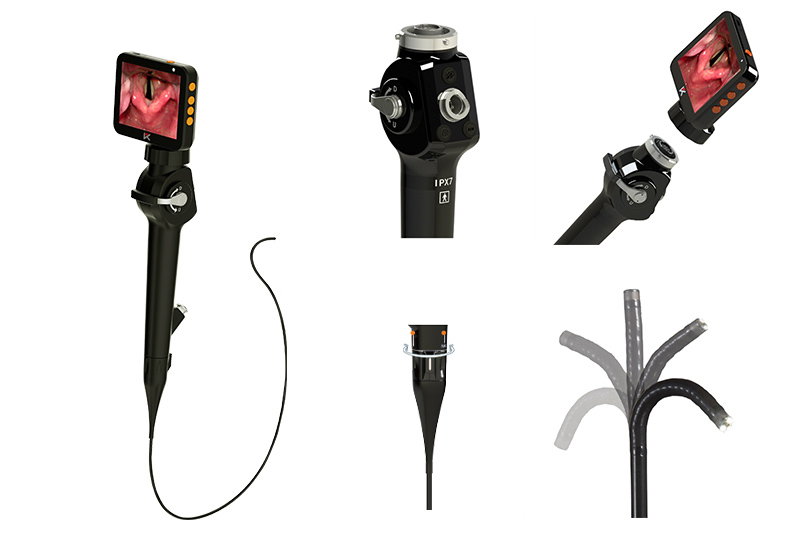
Application scenarios: Commonly used for throat examination, foreign body removal, tracheal intubation and other operations, especially suitable for rapid treatment in emergency situations.
- Fiberoptic laryngoscope/electronic laryngoscope
Technical highlights: Compared with direct laryngoscopes, fiber laryngoscopes and electronic laryngoscopes use advanced optical fiber or electronic imaging technology, which can provide clearer and magnified laryngeal images, and can be recorded and saved.
Advantage analysis: Due to its high definition and flexible operability, this type of laryngoscope is particularly suitable for detailed examination of laryngeal lesions, such as vocal cord polyps, tumor screening, etc., reducing patient discomfort and improving diagnostic accuracy.
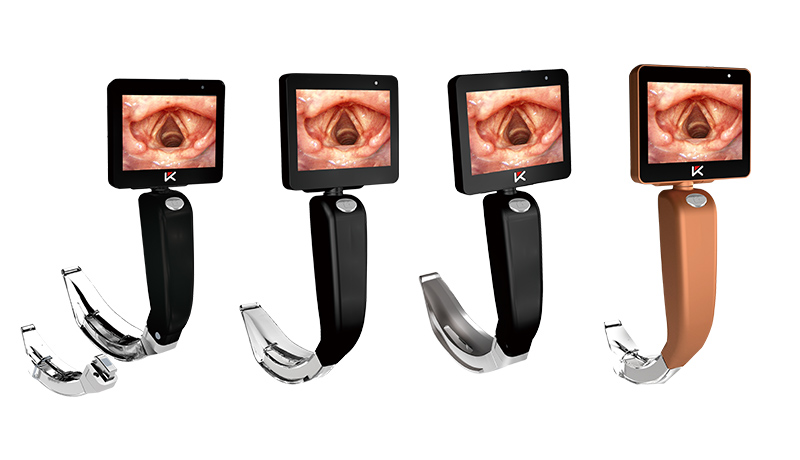
- Video laryngoscope
Innovation: Video laryngoscope is an emerging form in recent years. It integrates a high-definition camera and a display screen, so that the operator does not need to directly look at the laryngoscope, but observes through the screen, which greatly improves the field of vision and operating experience.
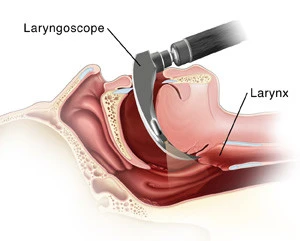
Scope of application: Due to its intuitiveness and teaching value, video laryngoscope shows unique advantages in tracheal intubation training, complex airway management and telemedicine. Especially when dealing with difficult airways, it can significantly improve the success rate.
- Flexible laryngoscope
Design features: As the name suggests, the tip part of the flexible laryngoscope can flexibly adjust the angle to facilitate deep and comprehensive observation of all corners of the larynx.
Applicable scenarios: It is very suitable for situations that require delicate operations, such as examination or treatment of the deep throat, reducing damage to surrounding tissues and improving patient safety and comfort.
Categories
Latest Articles

Disposable Nephroscopes: Redefining Safety & Efficiency in Urology
Introduction The shift towards minimally invasive urological surgery has found a pivotal ally: the disposable nephroscope. As traditional reusable scopes grapple with persistent biofilm contamination risks and soaring sterilization costs, the global medical community is rapidly adopting single-use solutions. This article analyzes the clinical value, technological evolution, and dynamic innovation landscape driving this transformative shift. ... Read more
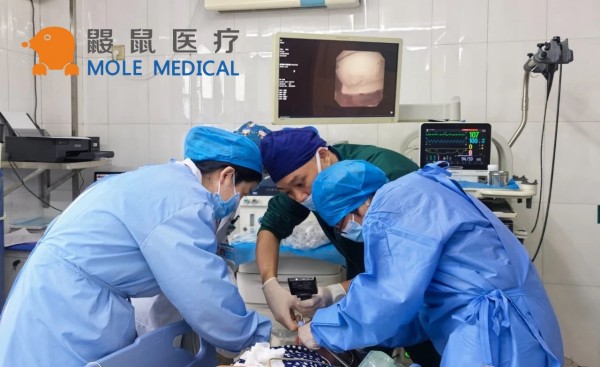
Disposable Video Laryngoscope Blades: The Ultimate Solution for Preventing Cross-Contamination
In the operating room, as the cold light of a video laryngoscope illuminates a patient’s airway, an age-old medical challenge is being redefined: How can life-saving instruments avoid becoming vectors of infection? Jiangsu MoleMedical drives an innovative safety revolution—replacing reusable devices with single-use, sterile laryngoscope blades that create a pure barrier for critical airways. Traditional video ... Read more
-2.jpg)
FDA & CE Approved Video Laryngoscope: What Makes It Stand Out?
Introduction In high-pressure emergencies and precision-driven operating rooms, video laryngoscopy is revolutionizing airway management. Mole Medical’s FDA and CE-certified technology replaces tactile-dependent “blind intubation” with real-time visual navigation – enhancing safety, accuracy, and clinical outcomes worldwide. Why Certification Matters Mole Medical’s dual certifications validate its global compliance and performance: FDA Clearance: Rigorous validation of safety/efficacy ... Read more

Mole Medical Showcases Advanced Endoscopy Solutions at CMEF Autumn 2025, Driving Global Partnerships
Guangzhou, China – September 26-29, 2025 – The 92nd China International Medical Equipment Fair (CMEF Autumn) concluded successfully on September 29th at the Canton Fair Complex in Guangzhou. Mole Medical Technology Co., Ltd. (Mole Medical) made a significant impact at the event, drawing global medical professionals and partners to its booth (Hall 2.1, Stand Q24) ... Read more

How to Use Disposable Ureteroscopes Safely and Efficiently
In the field of urology, the application of disposable electronic ureteral-kidney pelvis endoscopy catheters is leading the technological innovation in minimally invasive surgeries. According to the 2024 multi-center research data from China’s urology department, among the over 5,000 surgeries included, the patient group using disposable catheters performed significantly better in key indicators such as operation ... Read more



